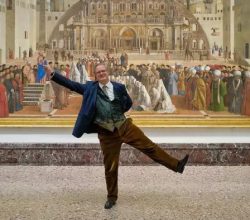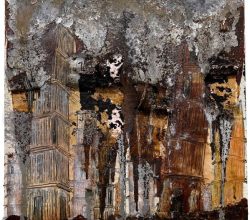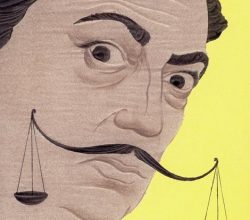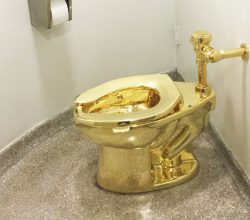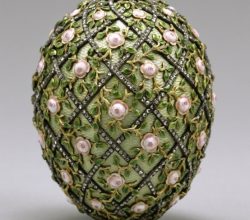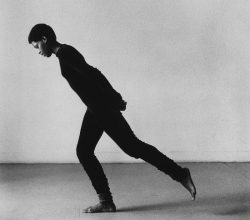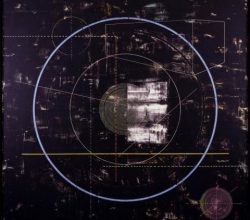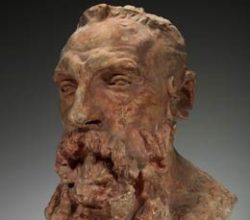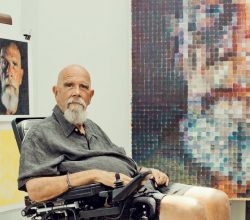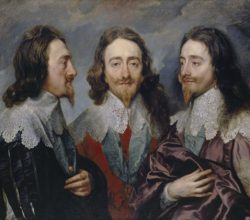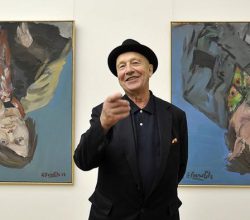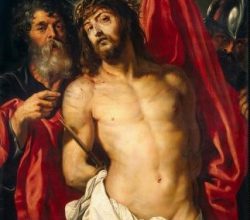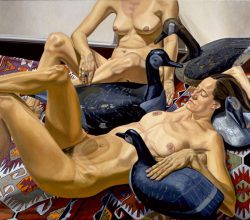
Philip Pearlstein: Paintings 1990 – 2017
Emily Spicer | Studio International | 30th January 2018
His friendship with Warhol is marketing catnip but far from the most interesting thing about Pearlstein. He championed realism when it was not popular to do so. Further his paintings feature nudes which are posed, factual and remote – almost the opposite of the erotic pin-up. This is strange art leaving the viewer to wonder – focus on the bodies, the objects around them or the “rules” that give rise to such a deliberate tableau?

